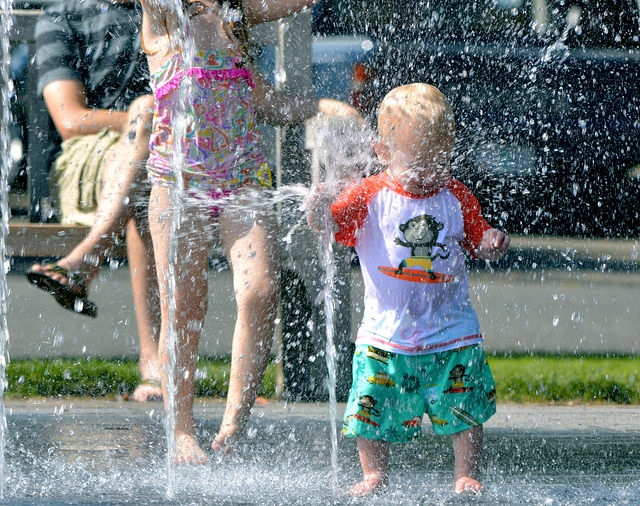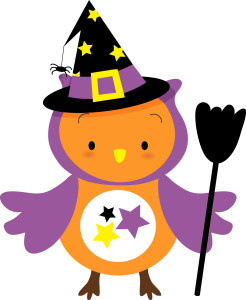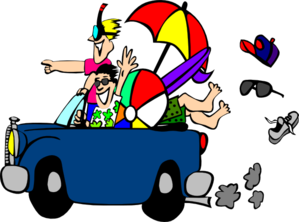
- Remember to bring along drinks, especially water. Try to get children to drink water every 20 minutes, when they are outside in hot weather.
- Pay attention to surfaces that can be hot against children’s skin, such as metal slides and other playground equipment in the sun.
- Safety around water is particularly important. A child can drown in just a few inches of water. Whenever you are near water you must never leave a child alone – if the phone rings, take them with you or let it ring! Always stay within arm’s reach when the children are in or near water.
- Young babies should be kept out of direct sunlight. Keep the baby in the shade or under a tree, umbrella or stroller canopy.
- Dress babies in lightweight clothing and use brimmed hats.
- Apply sunscreen 30 minutes before going outside, even if it appears overcast (cloudy).
- Try to keep children out of the sun in the middle of the day when the sun is strongest.
- Learn what poison ivy looks like and keep children out of it. A good rule to teach the children is “leaves of three, let it be.”
- Use insect repellent spray to keep away mosquitos and ticks. Ask your host parents before applying.
- Check for ticks when you bring children in from playing outside, especially if you’ve been in tall grass or the woods.
Photo: Scott97006 (Flickr)
SaveSave



 Halloween (or Hallow e’en) is a celebration
Halloween (or Hallow e’en) is a celebration 

 Dehydration means that the body lacks the necessary amount of fluid. Infants and small children are more likely to become dehydrated than older children or adults, because they can lose relatively more fluid quickly.
Dehydration means that the body lacks the necessary amount of fluid. Infants and small children are more likely to become dehydrated than older children or adults, because they can lose relatively more fluid quickly.